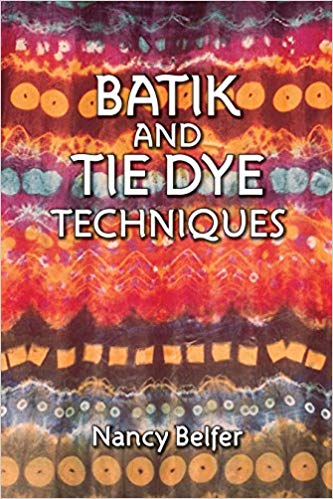Essential cookies enable basic functions and are necessary for the proper function of the website.
Cookie Preferences
This cookie is used to store the user's cookie consent preferences.
30 days
-
comment_author
Used to track the user across multiple sessions.
Session
-
comment_author_email
Used to track the user across multiple sessions.
Session
-
comment_author_url
Used to track the user across multiple sessions.
Session
-
GA_OPT_OUT
Cookies used for functionality allow users to interact with a service or site to access features that are fundamental to that service. Things considered fundamental to the service include preferences like the user's choice of language, product optimizations that help maintain and improve a service, and maintaining information relating to a user's session, such as the content of a shopping cart.
10 Nov 2030
-
__utmv
Contains custom information set by the web developer via the _setCustomVar method in Google Analytics. This cookie is updated every time new data is sent to the Google Analytics server.
2 years after last activity
-
__utmx
Used to determine whether a user is included in an A / B or Multivariate test.
18 months
-
__utmxx
Used to determine when the A / B or Multivariate test in which the user participates ends
18 months
-
FPAU
Assigns a specific ID to the visitor. This allows the website to determine the number of specific user-visits for analysis and statistics.
session
-
FPID
Registers statistical data on users' behaviour on the website. Used for internal analytics by the website operator.
session
-
FPLC
This FPLC cookie is the cross-domain linker cookie hashed from the FPID cookie. It’s not HttpOnly, which means it can be read with JavaScript. It has a relatively short lifetime, just 20 hours.
session
-
AMP_TOKEN
Contains a token code that is used to read out a Client ID from the AMP Client ID Service. By matching this ID with that of Google Analytics, users can be matched when switching between AMP content and non-AMP content. Reference: https://support.google.com/analytics/answer/7486764?hl=en
30 seconds till 1 year
-
_gat_gtag_
Used to set and get tracking data
1 hour
-
_gac_
Contains information related to marketing campaigns of the user. These are shared with Google AdWords / Google Ads when the Google Ads and Google Analytics accounts are linked together.
90 days
-
__utma
ID used to identify users and sessions
2 years after last activity
-
__utmt
Used to monitor number of Google Analytics server requests
10 minutes
-
__utmb
Used to distinguish new sessions and visits. This cookie is set when the GA.js javascript library is loaded and there is no existing __utmb cookie. The cookie is updated every time data is sent to the Google Analytics server.
30 minutes after last activity
-
__utmc
Used only with old Urchin versions of Google Analytics and not with GA.js. Was used to distinguish between new sessions and visits at the end of a session.
End of session (browser)
-
__utmz
Contains information about the traffic source or campaign that directed user to the website. The cookie is set when the GA.js javascript is loaded and updated when data is sent to the Google Anaytics server
6 months after last activity
-
_ga
ID used to identify users
2 years
-
_gali
Used by Google Analytics to determine which links on a page are being clicked
30 seconds
-
_ga_
ID used to identify users
2 years
-
_gid
ID used to identify users for 24 hours after last activity
24 hours
-
_gat
Used to monitor number of Google Analytics server requests when using Google Tag Manager
1 minute
-
_dc_gtm_
Used to monitor number of Google Analytics server requests
1 minute
-


